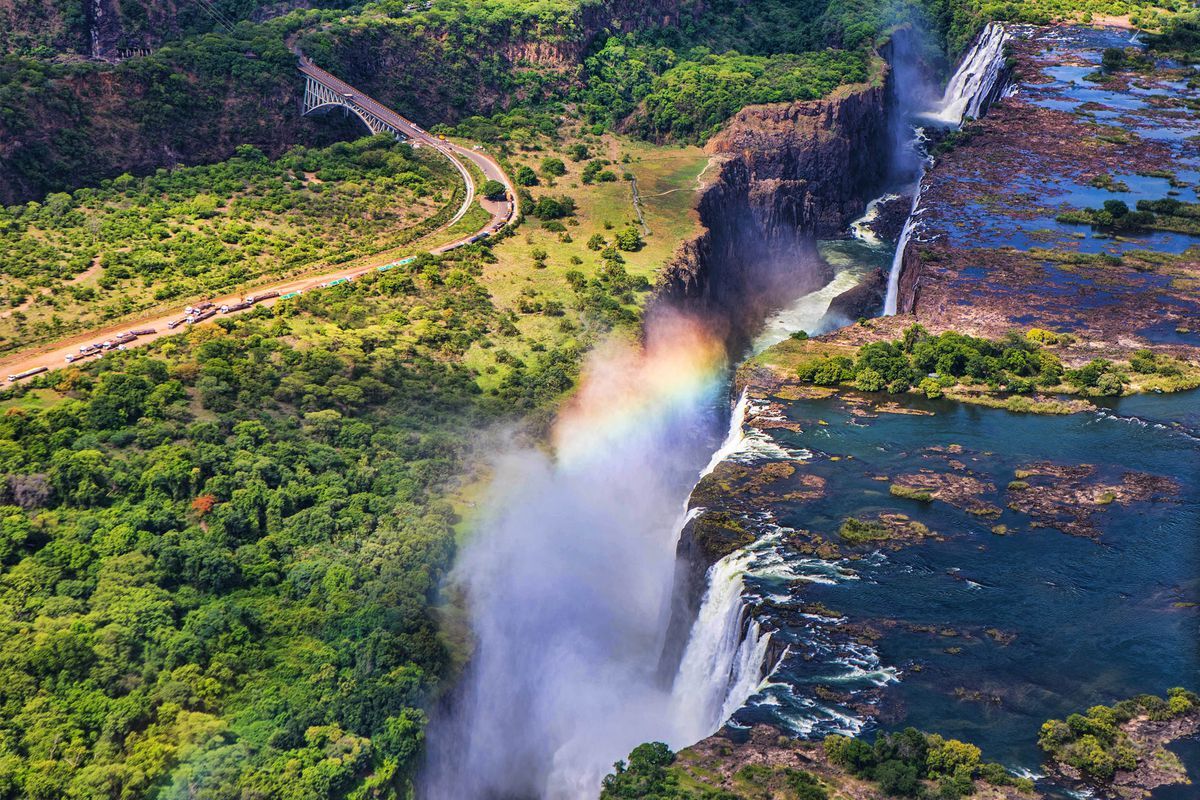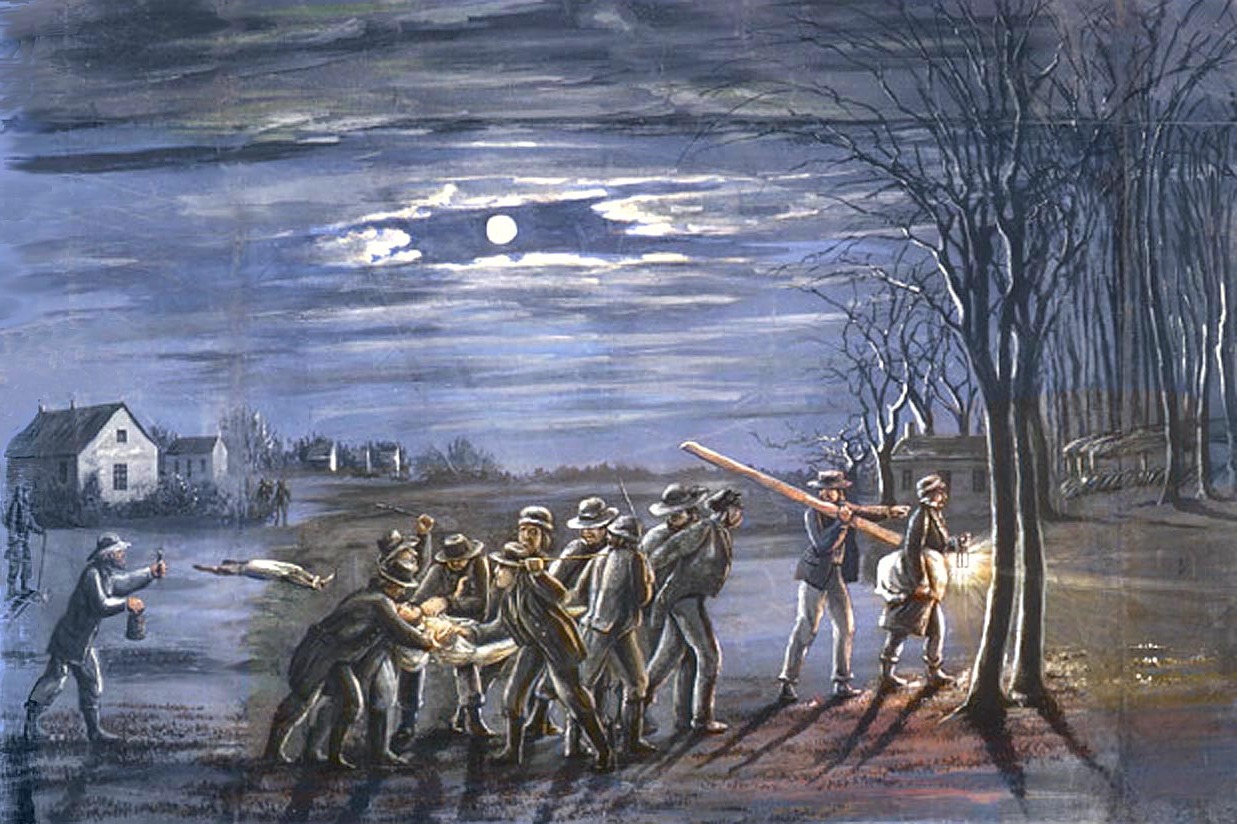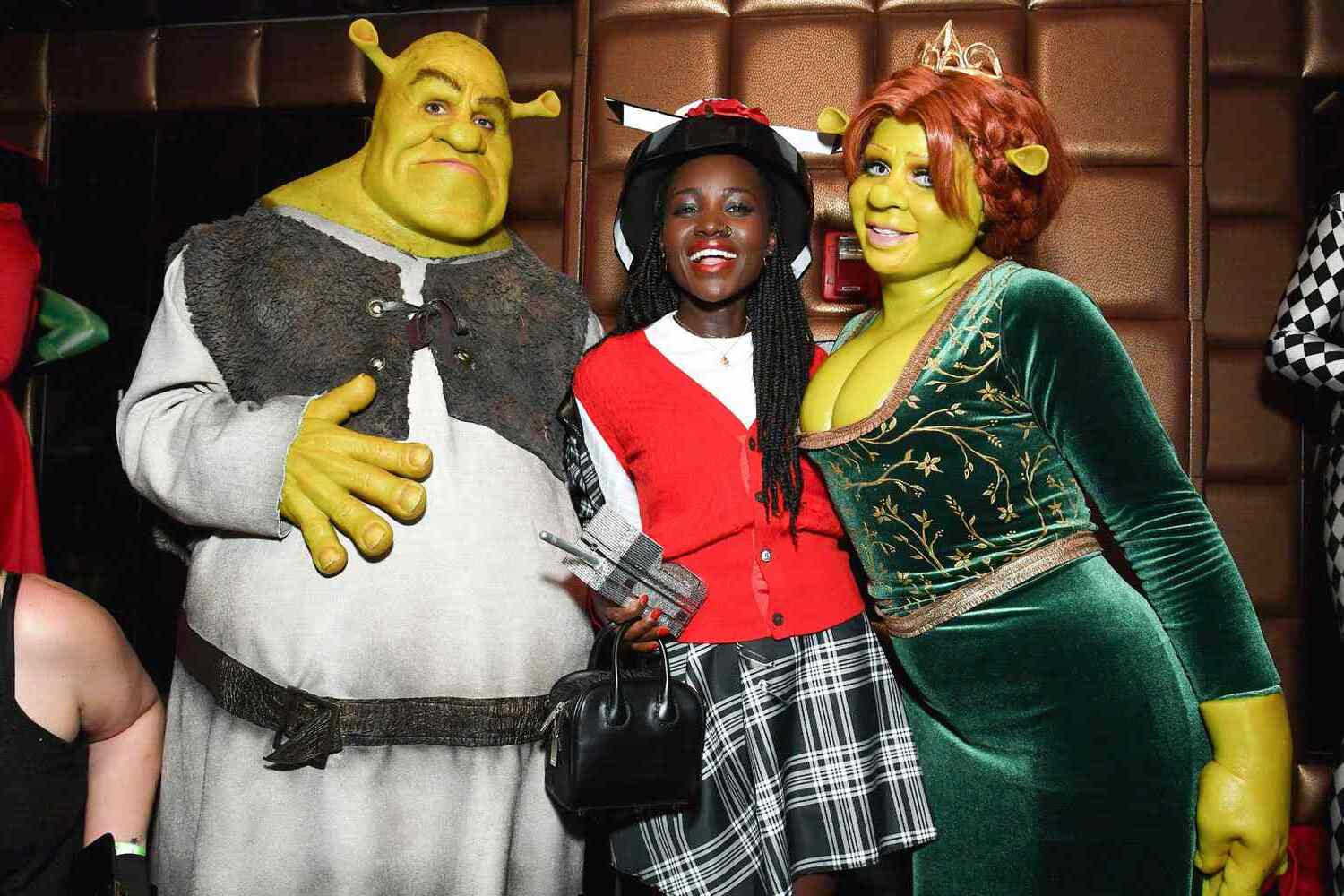
Zimbabwe, a landlocked country in southern Africa, is a place of rich history, diverse cultures, and stunning natural beauty. From the bustling streets of Harare to the ancient ruins of Great Zimbabwe, this nation offers a unique blend of the past and present. Zimbabwe is home to the majestic Victoria Falls, one of the world's most breathtaking waterfalls, and the vast Lake Kariba, the largest man-made lake globally. Despite facing economic challenges, the spirit of the Zimbabwean people remains resilient. With 16 official languages, a vibrant arts scene, and a deep connection to traditional practices, Zimbabwe is a country that captivates and inspires.
Key Takeaways:
- Zimbabwe, a diverse country in southern Africa, gained independence in 1980 after a 15-year guerrilla war. It has a rich history, stunning natural wonders, and a vibrant culture with 16 official languages.
- With a population of around 15 million, Zimbabwe faces economic challenges and healthcare shortages. It boasts UNESCO World Heritage Sites, a unique syncretic culture, and a strong tradition in sports, particularly football.
Location and Geography
Zimbabwe, a landlocked country in southern Africa, boasts diverse landscapes and rich natural beauty. Here's a closer look at its geographical features:
- Zimbabwe is situated between the Zambezi and Limpopo rivers, bordered by South Africa, Botswana, Zambia, and Mozambique.
- The capital city is Harare, home to approximately 1.6 million people. Bulawayo is the second-largest city.
- Zimbabwe's population is around 15 million, with the Shona being the largest ethnic group, followed by the Northern Ndebele and other minorities.
- The country has 16 official languages, including English, Shona, and Ndebele, reflecting its cultural diversity.
Historical Background
Zimbabwe's history is rich and complex, spanning ancient civilizations to modern-day struggles for independence.
- The history dates back to the late Iron Age, with the Bantu people building the city-state of Great Zimbabwe, a major trade center by the 11th century.
- The colonial era began in 1890 when the British South Africa Company demarcated the Rhodesia region. Southern Rhodesia became a self-governing British colony in 1923.
- Zimbabwe gained independence on April 18, 1980, after a 15-year guerrilla war, celebrated annually as Independence Day.
Government and Constitution
Zimbabwe's political landscape has evolved significantly since its independence.
- Zimbabwe is a semi-presidential consociationalist republic, with a President, Prime Minister, and a bicameral Parliament.
- The Constitution, adopted in December 1979, has been amended 19 times and borrows heavily from the British Westminster system.
Economic Challenges and Currency
Zimbabwe's economy has faced numerous hurdles, including hyperinflation and currency issues.
- Hyperinflation in 2008 reached 231 million percent, leading to the abandonment of the Zimbabwe dollar in favor of the US dollar.
- The official currency is now the US dollar, although the Zimbabwe dollar was used until 2009.
Healthcare and Education
Healthcare and education are critical sectors in Zimbabwe, each with its own set of challenges and achievements.
- Zimbabwe faces a shortage of healthcare professionals, with many leaving the country for better opportunities.
- The literacy rate is 89.4%, highlighting the importance of education in the country's development.
Cultural Practices and Traditions
Zimbabwe's culture is vibrant and diverse, with unique traditions and practices.
- Zimbabweans often call every kind of toothpaste “Colgate”, every soft drink “Coke,” and every washing powder “Surf,” reflecting consumer behavior.
- Blackouts are frequent and random, lasting up to three hours or more due to power infrastructure challenges.
- Life expectancy is among the lowest in the world, with females living an average of 65.52 years and males 61.18 years.
- Over 1.4 million people live with AIDS, contributing to high mortality rates.
- The ‘mbira’ is a traditional instrument, also known as a ‘thumb piano,’ played for over 1,000 years.
- The Shona tribespeople believe in a deity named Mwari, reflecting deep spiritual roots.
Natural Wonders and Wildlife
Zimbabwe is home to stunning natural wonders and diverse wildlife.
- Zimbabwe contains five UNESCO World Heritage Sites, including the Great Zimbabwe Ruins, founded in the 9th century AD.
- The Nyami Nyami is a river god from Tonga tribe mythology, believed to live in Lake Kariba.
- Victoria Falls is the longest waterfall in the world, located on the Zambezi River.
- Lake Kariba is the largest man-made lake in the world, serving as a hydroelectric power source and tourist destination.
- Zimbabwe has significant diamond and platinum reserves, making mining a crucial economic sector.
- Sadza is the national dish, made from cornmeal and often served with stews or relishes.
Sports and Recreation
Sports play a vital role in Zimbabwean society, with football being particularly popular.
- Football is the sport of choice, with many passionate fans and talented players.
- The Big 5 refers to the Lion, Buffalo, Rhinoceros, Leopard, and Elephant, though in hunting, the Rhinoceros is replaced by the Hippopotamus.
- Tobacco, cotton, and maize are staple crops, with beef also being a major farming concern.
Seasons and Weather
Understanding Zimbabwe's climate is essential for travelers and residents alike.
- The country experiences a subtropical climate, with distinct wet and dry seasons. The best time to visit is during the dry season from May to October.
- Zimbabwe uses 220 volts AC (50 Hz) electricity, different from many other countries.
- The country dialing code is 263, essential for making international calls.
Landmarks and Symbols
Zimbabwe's landmarks and symbols reflect its rich heritage and natural beauty.
- The highest point is Mt Inyangani, standing at 2,592 meters above sea level. The lowest point is the junction of the Runde and Save rivers at 162 meters.
- Zimbabwe is divided into eight provinces, with Bulawayo and Harare having provincial status.
- The Flame Lily is the national flower, symbolizing beauty and uniqueness.
- The Sable is the national animal, representing rich wildlife heritage.
- Zimbabwe has the second-highest population of elephants, with Botswana leading.
Tourism and Attractions
Zimbabwe offers a variety of tourist attractions, drawing visitors from around the world.
- Tourist attractions include the Great Zimbabwe Ruins, Victoria Falls, and Lake Kariba, showcasing natural and cultural wonders.
- Zimbabwean culture is syncretic, with 50% practicing syncretic religions, 25% Christian, and 25% adhering to other faiths.
- National holidays include Independence Day, Workers’ Day, Africa Day, Heroes Day, Defence Forces Day, and Unity Day.
- The flag features seven horizontal bands of green, yellow, red, black, red, yellow, and green, with a white triangle and a yellow Zimbabwe bird on a red star.
Governance and Political Structure
Zimbabwe's political structure includes traditional and modern elements.
- Suffrage is universal, with citizens aged 18 and above eligible to vote.
- Life expectancy varies by gender, with females living 65.52 years and males 61.18 years on average.
- HIV/AIDS prevalence is high, with over 1.4 million people affected.
- Eight traditional chiefs sit in the House of Assembly, playing a significant role in rural governance.
- Elected councils manage local affairs at rural district levels, crucial for community development.
Power-Sharing and Achievements
Zimbabwe's political landscape has seen significant changes and achievements.
- A power-sharing agreement in 2008 saw Morgan Tsvangirai as Prime Minister and Robert Mugabe as President.
- Zimbabwe has won eight Olympic medals, in hockey and swimming.
- The Great Zimbabwe Ruins are the largest archaeological site in Africa, reflecting advanced engineering skills.
- The Nyami Nyami river god is an important figure in local folklore, believed to live in Lake Kariba.
- Victoria Falls is one of the world's most spectacular waterfalls, located on the Zambezi River.
Zimbabwe: A Land of Rich History and Natural Wonders
Zimbabwe stands out with its diverse culture, rich history, and stunning landscapes. From the ancient Great Zimbabwe Ruins to the breathtaking Victoria Falls, the country offers a unique blend of historical and natural attractions. Despite facing economic challenges, Zimbabwe's resilient spirit and cultural heritage shine through. The Shona and Ndebele people, along with other ethnic groups, contribute to a vibrant cultural tapestry. With 16 official languages, the nation's linguistic diversity is remarkable. Tourist spots like Lake Kariba and the Big 5 wildlife add to its allure. While the country grapples with issues like healthcare shortages and power outages, its natural beauty and cultural richness remain undeniable. Zimbabwe's story is one of resilience, beauty, and a deep connection to its roots. Whether you're drawn to its history or its landscapes, Zimbabwe has something special to offer.
Frequently Asked Questions
Was this page helpful?
Our commitment to delivering trustworthy and engaging content is at the heart of what we do. Each fact on our site is contributed by real users like you, bringing a wealth of diverse insights and information. To ensure the highest standards of accuracy and reliability, our dedicated editors meticulously review each submission. This process guarantees that the facts we share are not only fascinating but also credible. Trust in our commitment to quality and authenticity as you explore and learn with us.


